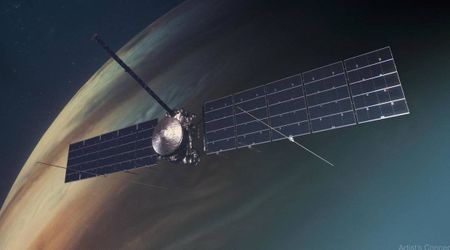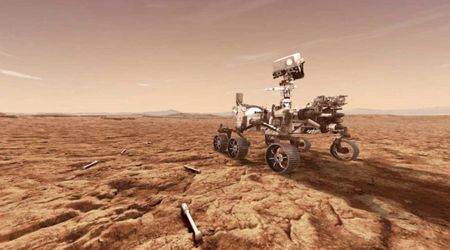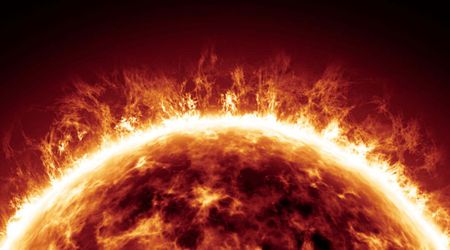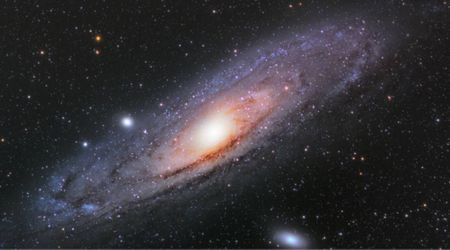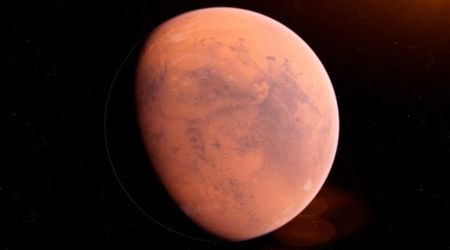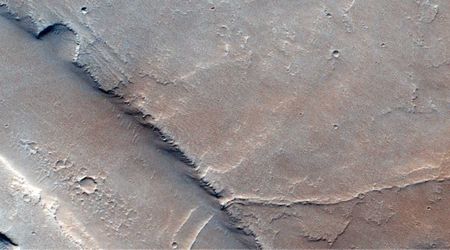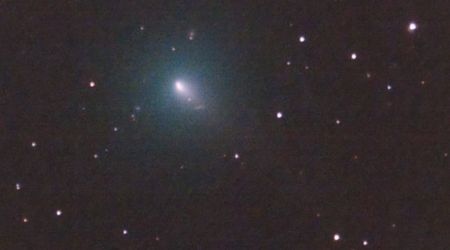NASA's Perseverance rover detects giant sunspot 15 times wider than Earth rotating toward our planet

NASA's Perseverance rover has captured images of a colossal sunspot, about 15 times wider than Earth, as it rotates to face our planet next week, according to Space Weather. The find was a bonus in the course of the rover's standard observations from its position in Jezero Crater, Mars.

Over the next couple of months, Mars will move behind the Sun in its orbit in a time period referred to as solar conjunction. It will place NASA's Perseverance in a unique position to have a clear view of the far side of the Sun—areas currently hidden from telescopes on Earth.

The rover's primary reason to look at the Sun is to forecast Martian weather, which involves measuring atmospheric dust with the Mastcam-Z camera. The Mastcam-Z was not designed to study the sun in high resolution, and so it captures only 90 pixels across the solar disk, but the sunspot is so large that it clearly registered in the images on November 25.
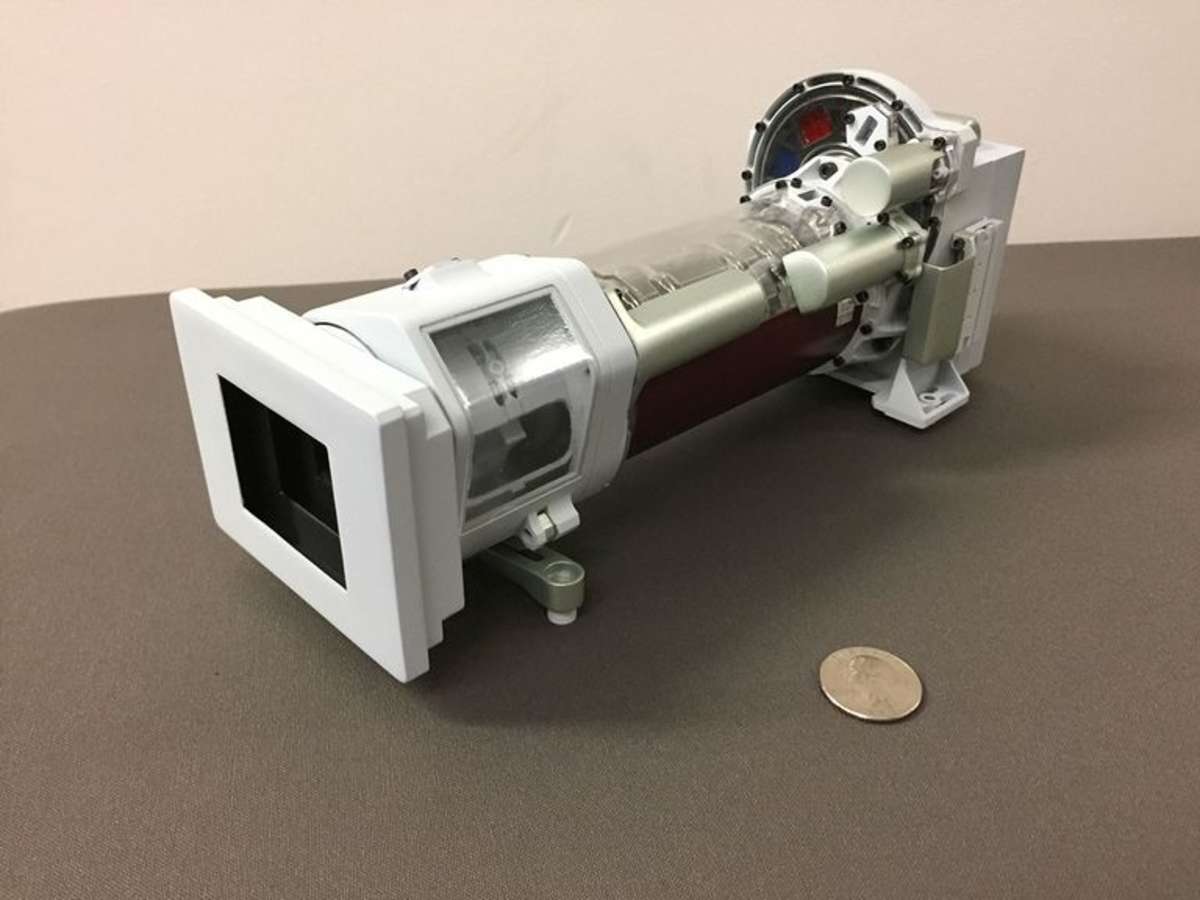
Experts predict this giant sunspot will rotate into Earth's view next week and potentially cause a spike in solar activity, affecting Earth. Perseverance will remain an early warning system from the Red Planet throughout December 2025 and January 2026.
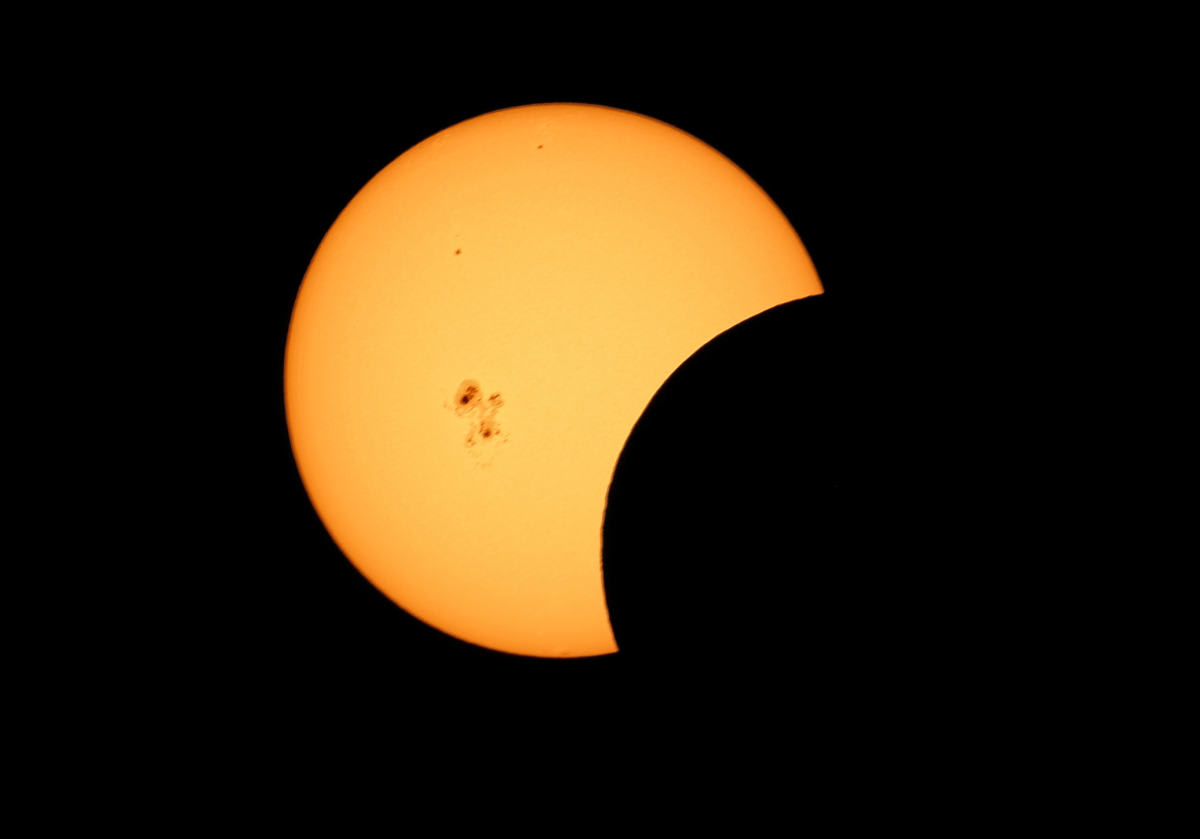
Sunspots are the large, dark patches on the surface of the Sun, according to NASA. They are essentially cooler regions on the Sun's visible surface, which is called the photosphere. Their temperature is around 6,000 degrees Fahrenheit, compared to the surrounding area, which burns at about 10,000 degrees Fahrenheit.
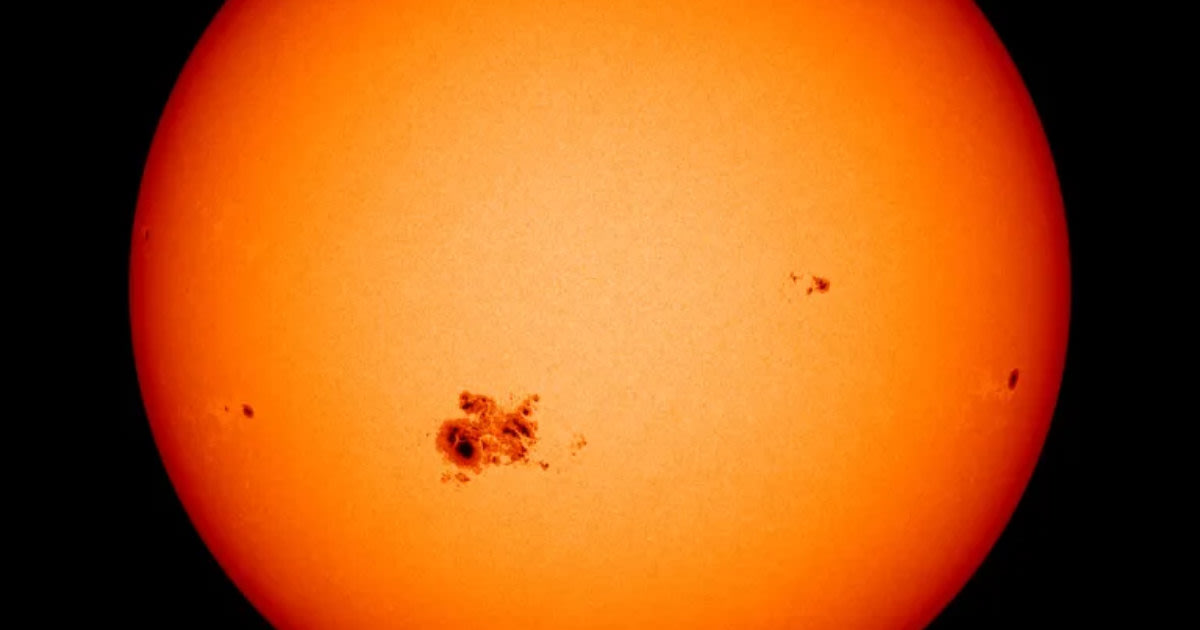
These cooler regions are created by highly concentrated magnetic fields. The Sun is composed of plasma, an electrically charged gas. As this gas moves, it twists and tangles the magnetic field lines. These magnetic snarls act like a plug, blocking heat from flowing to the surface, thus leading to the formation of these darker, cooler sunspots. Sunspots are the most visible part of what scientists call "active regions," which are areas with intense and complex magnetic fields that stretch out into the Sun's atmosphere. These active regions are the sources of major space weather events, including solar flares and coronal mass ejections (CMEs).
The frequency of sunspots has a natural ebb and flow over the Sun's 11-year cycle, and scientists monitor their activity closely. Since storms erupt from these magnetically active regions, the enormous sunspot spotted by Perseverance signals a high risk of powerful solar events that could impact spacecraft, astronauts, and key infrastructure back on Earth when it turns to face us next week. Sunspots are closely monitored by agencies like NASA and NOAA to predict the activity of the Sun through its regular cycle.

NASA also has a fleet of spacecraft at points around the solar system that study how the Sun's activity, as expressed in sunspots, impacts Earth and the other planets. Key missions involved in this whole solar system watch include NASA's Solar Dynamics Observatory (SDO) and the Solar Terrestrial Relations Observatory (STEREO).
More on Starlust
Dual solar wind streams from two giant coronal holes could reach Earth on October 3
Highest-resolution images of solar flare and coronal loops captured by Inouye Solar Telescope

